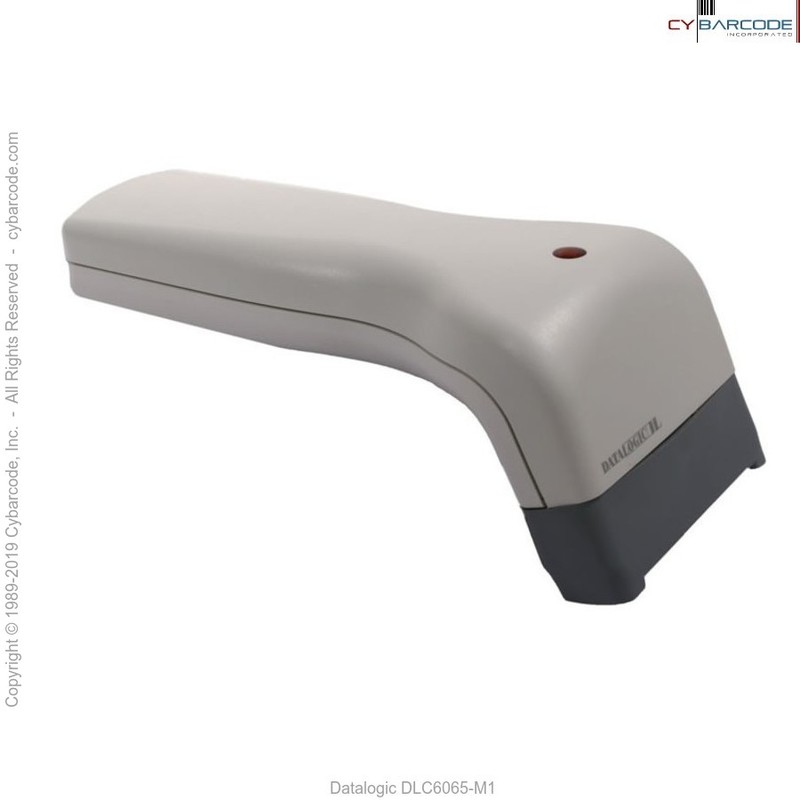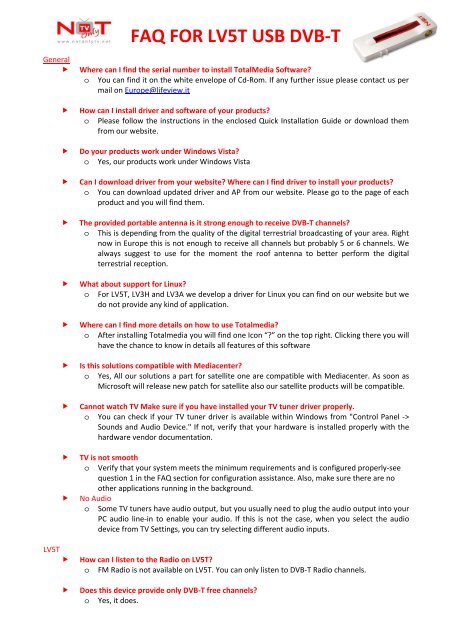Digital Video Broadcasting (DVB) is being adopted as the standard for digital television in many countries. The DVB project was an industry led consortium of over 270 television broadcasting associated companies world-wide. Free mobile TV viewer for dvb download. Multimedia tools downloads - SichboPVR by Sichbo Interactive and many more programs are available for instant and free download. Moment is the mobile broadcast standard the strongest industry) as well as on using mobile 2.5G/3G smart-phones or comparable devices for the client side. The necessity to use standard platforms for mobile phones (and not PDAs or other larger, bulky mobile clients) such as J2ME or Symbian results from the project. Mobile DTV Viewer can be used with all DVB-T/-T2 RF receivers for which legacy BDA drivers are available. Most vendors already provide such drivers for their devices. Mobile DTV Viewer can be used with all DVB-T/-T2 RF receivers for which legacy BDA drivers are available. Most vendors already provide such drivers for their devices.
- Dvb-tv Mobile Phones & Portable Devices Driver Download For Windows 8.1
- Dvb-tv Mobile Phones & Portable Devices Driver Download For Windows 7
- Mobile Phones Wikipedia
Digital Video Broadcating DVB Tutorial Includes:
DVB basicsDVB-TDVB-T2
Digital Video Broadcasting (DVB) is being adopted as the standard for digital television in many countries. The DVB project was an industry led consortium of over 270 television broadcasting associated companies world-wide. The DVB standard offers many advantages over the previous analogue standards and has enabled television to make a major step forwards in terms of its technology.
Digital Video Broadcasting, DVB is now one of the success stories of modern broadcasting. The take up has been enormous and it is currently deployed in over 80 countries worldwide, including most of Europe and also within the USA. It offers advantages in terms of far greater efficiency in terms of spectrum usage and power utilisation as well as being able to affect considerably more facilities, the prospect of more channels and the ability to work alongside existing analogue services.

History of DVB
From the very earliest days of television, right up until the 1990s, all television broadcasts were made using analogue television and it had not been thought feasible to introduce a digital system due to the complexity of the processing required. However with the advance of digital processing techniques and the advances made in integrated circuit technology the possibility of using digital techniques for television broadcasting became a real possibility.
As a result over the course of 1991various organisations discussed how to move forwards with the idea and how to form a pan-European platform that would enable considerable economies of scale to be achieved.
The resulting organisation was named the Electronics Launching Group (ELG), and it developed a memorandum of Understanding that was signed in 1993. At the same time it renamed itself the Digital Video Broadcasting Project (DVB), and the development of the technologies and standards started to move forwards with a swifter pace.


The first of the DVB standards to be agreed was the DVB-S standard for satellite transmission which was agreed in 1994. With the standard agreed, services were commenced in early 1995 and the first operator was the pay TV operator Canalplus in France.
The DVB system used for terrestrial transmissions, DVB-T was agreed later, in 1997. The first countries to deploy the system were Sweden, launching their system in 1998, and the UK launching their system a year later.
Agreement of DVB specifications
The way in which specifications are developed, agreed and released may seem rather complicated, but it has proved to be a successful system, enabling interested parties to have their say in the development and maintenance of the DVB system and its technology. The member organisations of the DVB project develop and agree specifications. Once agreed they are then passed on to the EBU/CENELEC/ETSI Joint Technical Committee, for approval. The specifications are then formally standardised by either CENELEC or, in the majority of cases, ETSI.

The DVB project is managed by the DVB Project Office. This is staffed by personnel who are employees of the European Broadcasting Union in Geneva, Switzerland. While they are technically employees of the EBU, they work exclusively in the interests of the members of the DVB Project.
Dvb-tv Mobile Phones & Portable Devices Driver Download For Windows 8.1
DVB Variants
Even a quick look at DVB will reveal the fact that there are many flavours of the basic standard. In these days when there are many ways in which television can be carried from the 'transmitter' to the 'receiver' no one standard can be optimised for all applications. As a result there are many different forms of the Digital Video Broadcasting, DVB, standards, each designed for a given application.
Dvb-tv Mobile Phones & Portable Devices Driver Download For Windows 7
The main forms of DVB are summarised below:
| DVB Standard | Meaning | Description |
|---|---|---|
| DVB-C | Cable | The standard for delivery of video service via cable networks. |
| DVB-H | Handheld | DVB services to handheld devices, e.g. mobile phones, etc |
| DVB-RSC | Return satellite channel | Satellite DVB services with a return channel for interactivity. |
| DVB-S | Satellite services | DVB standard for delivery of television / video from a satellite. |
| DVB-SH | Satellite handheld | Delivery of DVB services from a satellite to handheld devices |
| DVB-S2 | Satellite second generation | The second generation of DVB satellite broadcasting. |
| DVB-T | Terrestrial | The standard for Digital Terrestrial Television Broadcasting. |
With DVB being widely used in very many countries, it has now become one of the defacto families of standards for broadcasting. Developments have been made beyond the first DVB standards that were introduced, and now new facilities and levels of performance are being achieved.
Mobile Phones Wikipedia
More Audio Video Topics:
HDMISCARTLoudspeakerHeadphones & earphonesMicrophonesVHF FM radioRDS dataDigital radioDVB television
Return to Audio / Video menu . . .
